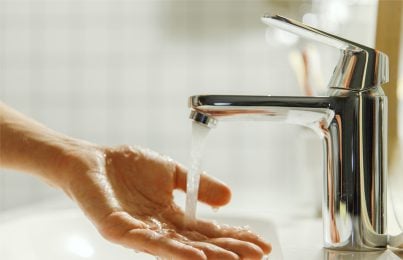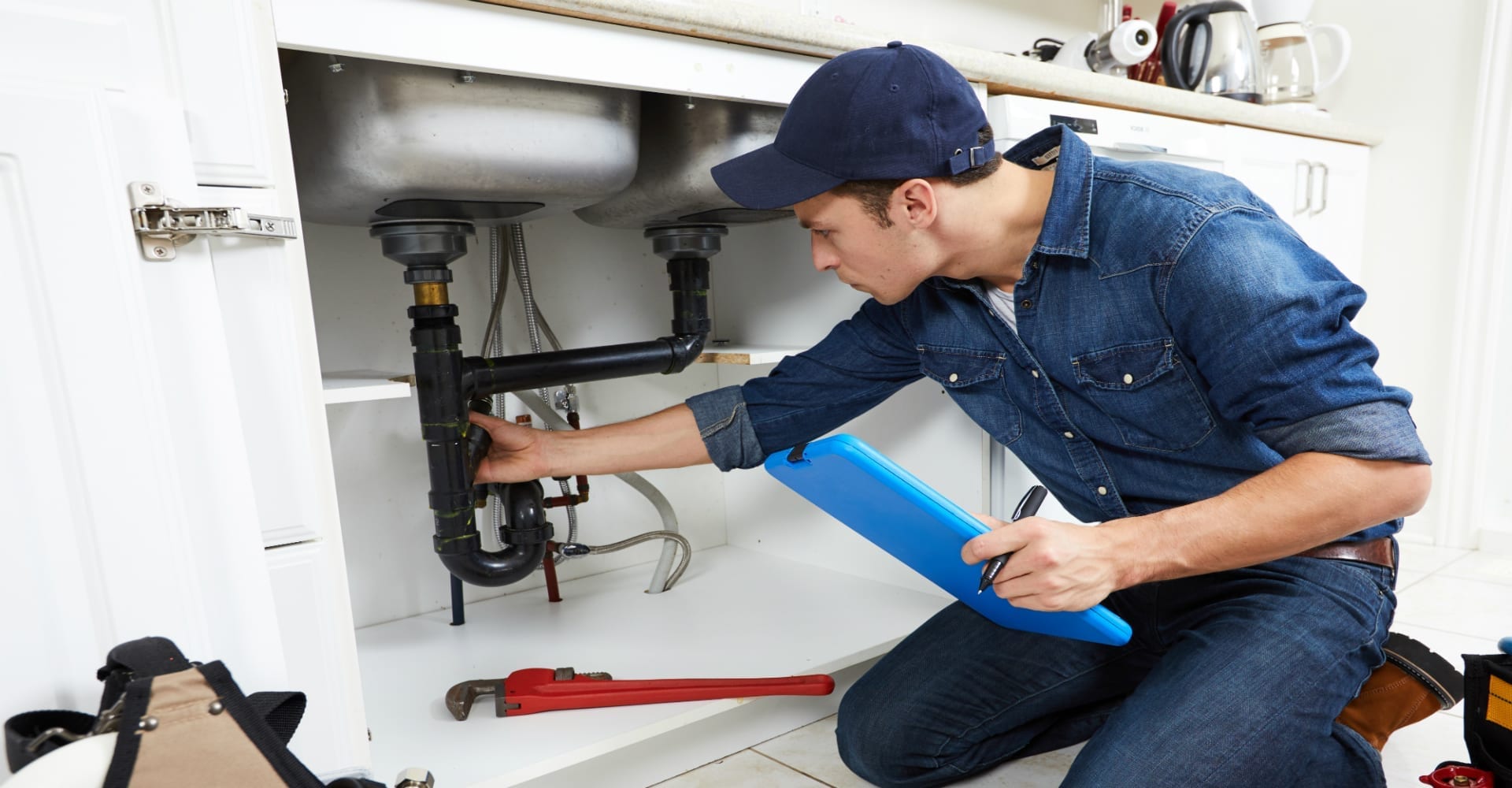An Leading Winterizing Techniques: Several Ways to Protect Pipe Bursts
An Leading Winterizing Techniques: Several Ways to Protect Pipe Bursts
Blog Article
What are your insights and beliefs about How to Prevent Frozen Pipes?

All home owners who live in temperate environments should do their ideal to winterize their pipes. It is something you must do throughout autumn prior to deep winter months really begins. Failure to do so can mean disaster like frozen, broken, or ruptured pipelines. Below are some useful winterizing hacks to keep your plumbing system shielded even if the climate exterior is shocking.
Attempt a Hair Dryer or Heat Weapon
When your pipelines are practically freezing, your trusty hair dryer or warm gun is a godsend. If the hot towels do not help dislodge any type of resolving ice in your pipelines, bowling warm air straight right into them may help. You may finish up destructive your pipelines while attempting to melt the ice.
Open Cabinet Doors Hiding Plumbing
When it's cold outside, it would be useful to open up closet doors that are concealing your pipes. They might be somewhere in your cooking area or washroom. This will certainly allow the cozy air from your heating unit to circulate there. Because of this, you protect against these exposed pipelines from cold. Doing this tiny trick can keep your pipelines warm and restrict the potentially harmful outcomes of freezing temperatures.
Take Some Time to Wrap Exposed Pipeline
One very easy and great hack to heat up freezing pipes is to wrap them with warm towels. You can also use pre-soaked towels in warm water, simply do not neglect to use protective handwear covers to safeguard your hands from the warmth.
Switch on the Faucets
When the temperature level drops and also it seems as if the frigid temperature will last, it will help to turn on your water both indoors and also outdoors. This will certainly maintain the water streaming with your plumbing systems. Furthermore, the motion will slow down the cold process. Notably, there's no need to transform it on full blast. You'll end up throwing away gallons of water by doing this. Instead, go for regarding 5 drops per min.
When Pipes are Frozen, shut Off Water
Shut off the primary water valve promptly if you observe that your pipes are totally icy or virtually nearing that phase. You will typically locate this in your basement or utility room near the heating unit or the front wall closest to the street. Turn it off as soon as possible to stop additional damage.
With more water, more ice will pile up, which will at some point lead to break pipes. If you are unsure concerning the state of your pipes this wintertime, it is best to call a specialist plumber for an evaluation.
All homeowners that live in pleasant climates must do their ideal to winterize their pipelines. Failure to do so can lead to disaster like icy, fractured, or ruptured pipelines. If the warm towels do not assist remove any type of clearing up ice in your pipes, bowling hot air directly right into them may assist. Turn off the main water shutoff immediately if you see that your pipelines are completely icy or nearly nearing that stage. With even more water, more ice will certainly stack up, which will eventually lead to break pipelines.
PREVENT YOUR PIPES FROM FREEZING THIS WINTER
A Leading Cause of Property Damage
When the weather is taking a deep nose dive into the cold dreary days, the risk of your pipes freezing and potentially bursting skyrockets. Unfortunately, during these cold dreary months, burst pipes are the most common denominator for property damage. The pipes that are most at the risk are those that are in areas where it is most cold in your home. For instance, pipes located in interior places such as basements, attics, and your garage. Unfortunately, that doesn’t mean that the pipes running through your cabinets or exterior walls can’t freeze. Good news, however, is that you can do things to help prevent pipes from freezing.
How to Prevent Pipes From Freezing
Once the temperature starts to drop during the winter, you should be taking the proper measures needed to ensure that your pipes stay warm and that there is circulation of water through them. Some steps that experts may recommend could go against your better judgement when it comes to saving water and heat. However, it would go without saying that when expenses are compared, damaged pipes could put a bigger dent in your wallet than a water bill.
What Can I Do?
Keep your garage door closed. This is very important, especially if you have water supply lines running through your garage. Open your kitchen and bathroom cabinets to allow warm air to circulate through them. Allow air circulation throughout your home. Keeping the interior doors open will once again allow the warm air to circulate inside your home. Ensure your thermostat is running the same temperature throughout the night and day. If you plan to be away from home during the cold months, set your temperature no lower than 55° F. This should provide enough heat to keep the pipes warm and prevent any remaining water inside the pipes from freezing. For more of a long-term solution, add insulation to attics, basement, and other crawl spaces around your home. By allowing your faucet to drip, it will alleviate pressure in the system. This is important because the pressure that is created between the blockage and the faucet can potentially cause the pipes to burst. Allowing the faucet to drip will prevent the pressure from building up, therefore keeping the pipes from bursting. Seal any cracks, openings, and crawl spaces around your home to prevent cold air from coming inside. This keeps your pipes-not to mention your home-warmer and less susceptible to issues caused by freezing temperatures. For the pipes in your home that are easily accessible, applying electrical tape to them might prevent them from freezing over. This is a quick fix, as you can apply the tape directly to the pipe. There are two options for heating tapes. One turns on and off by itself when it senses heat is needed. The other type of heating tape needs to be applied when heat is needed and removed when not necessary. If you have exposed pipes in your home, you can check this website to take a look at a few options that would be available at a shop near you.

As an enthusiastic person who reads on Winterizing Your Pipes, I assumed sharing that piece of content was essential. Those who liked our article if you please be sure to share it. I am grateful for your time. Don't forget to check up our website back soon.
Fast service, dial quick! Report this page